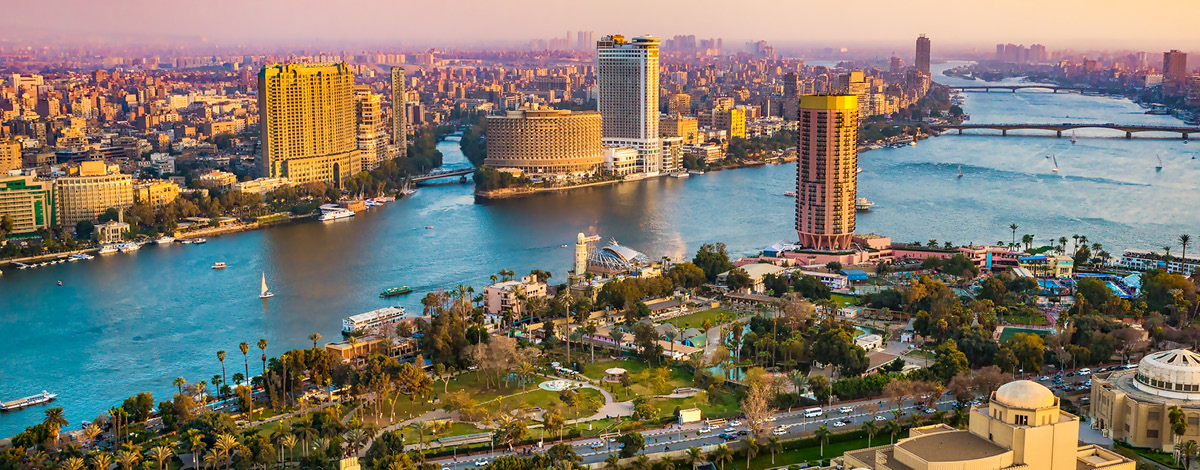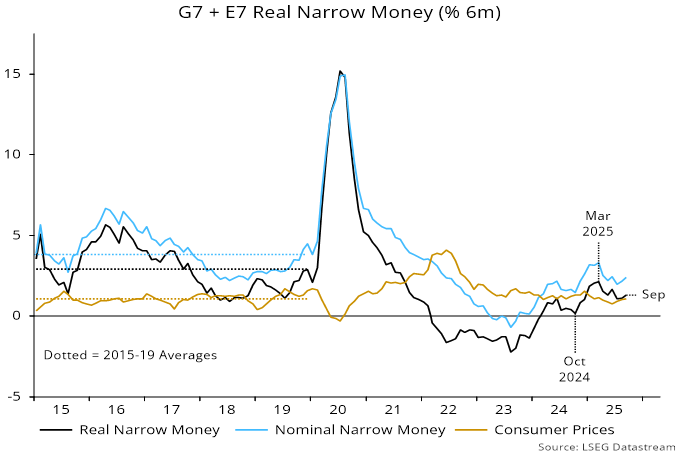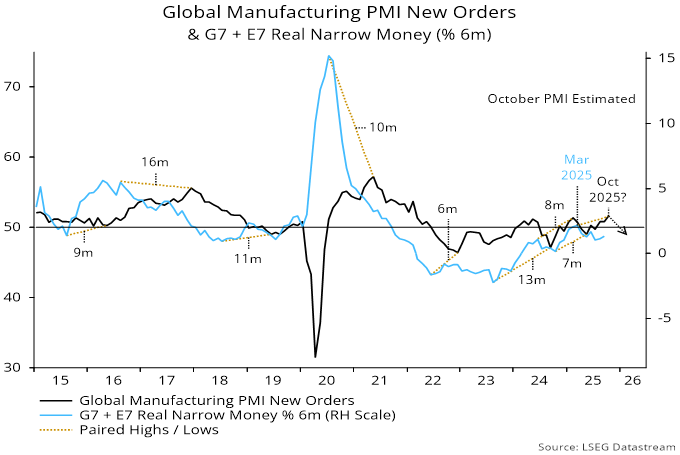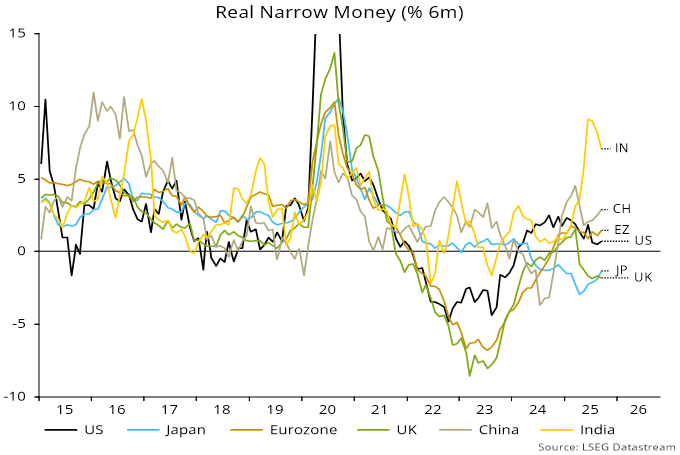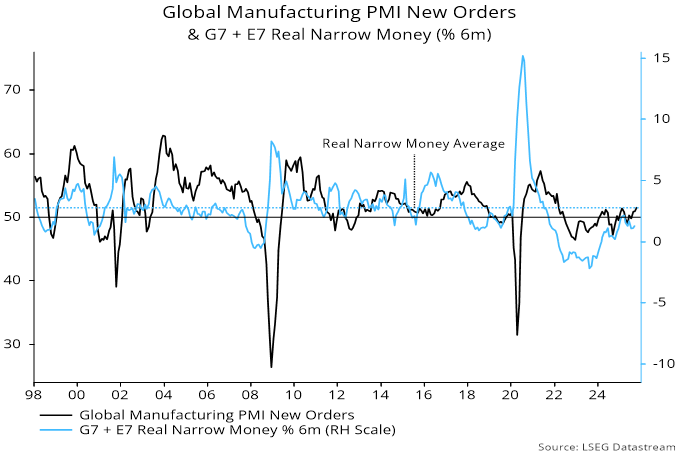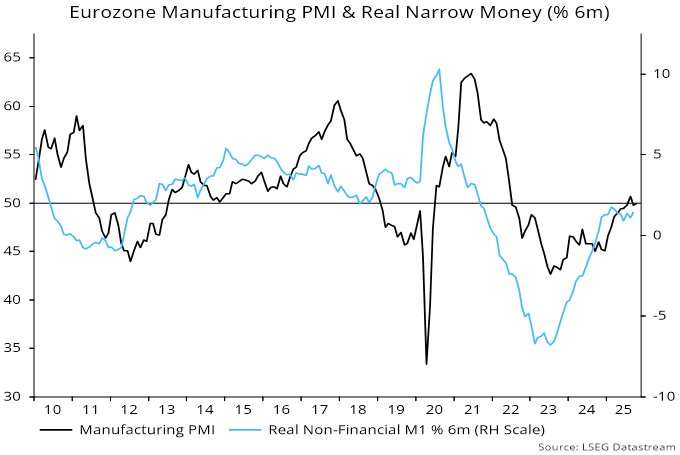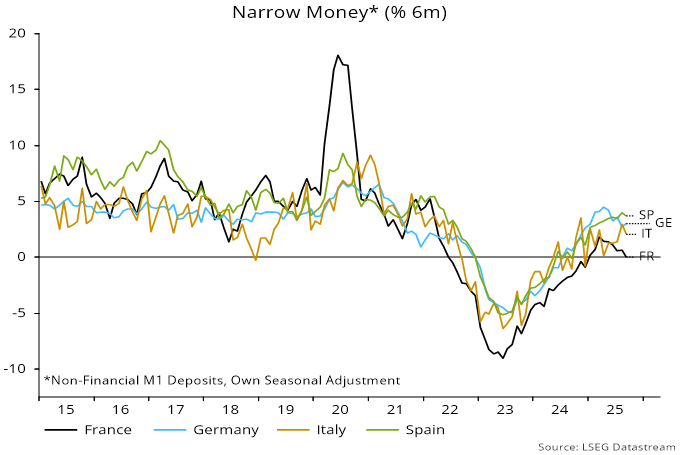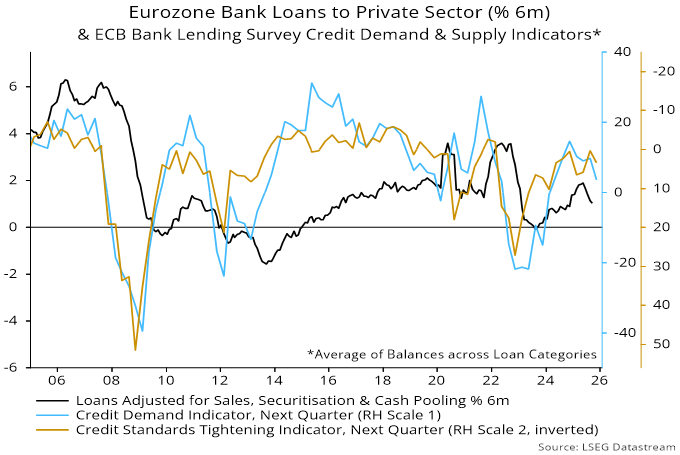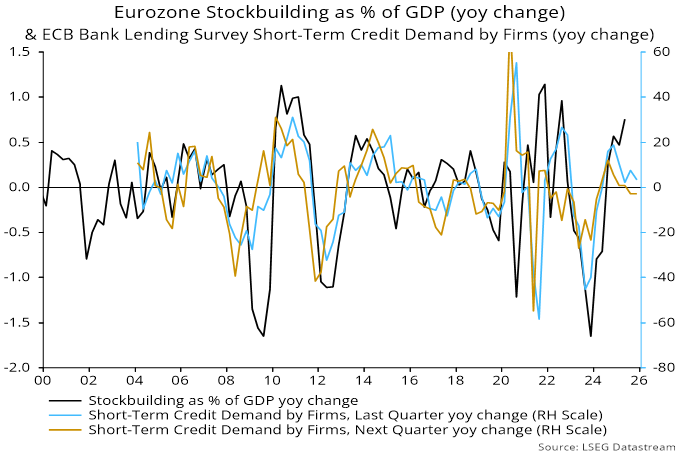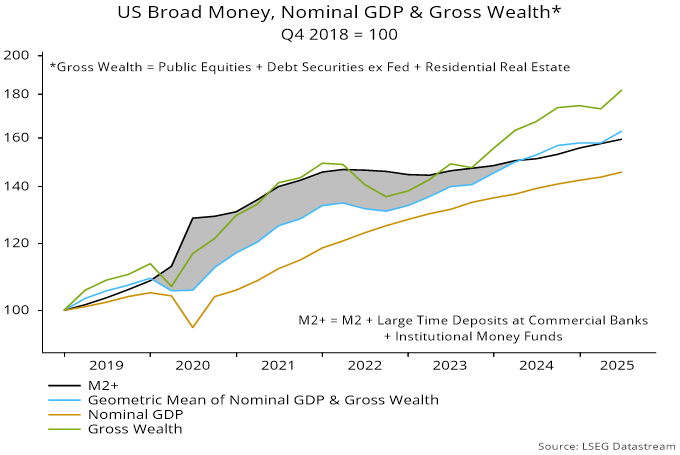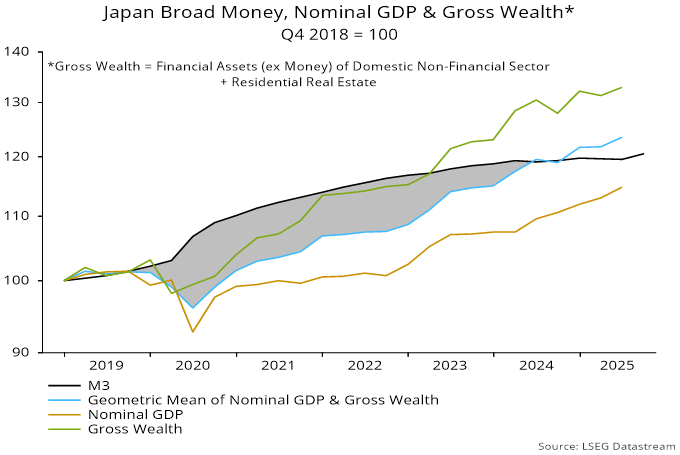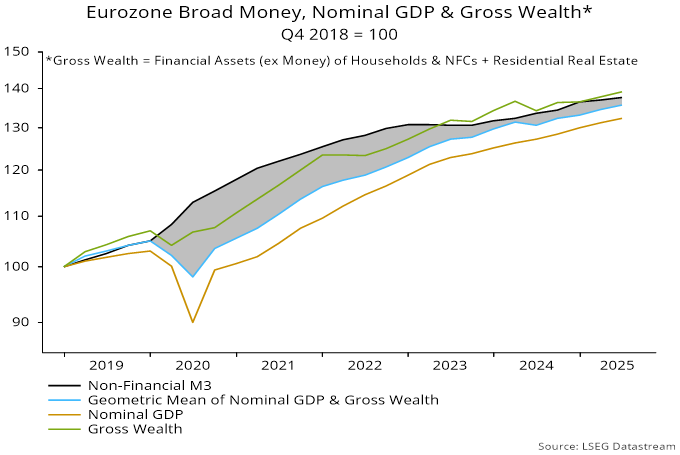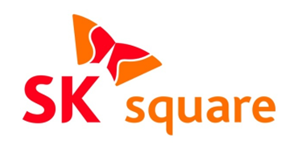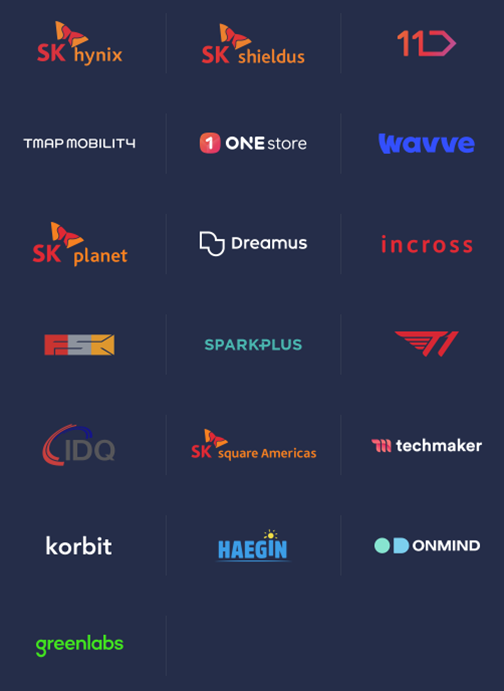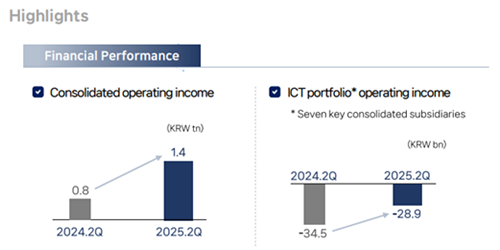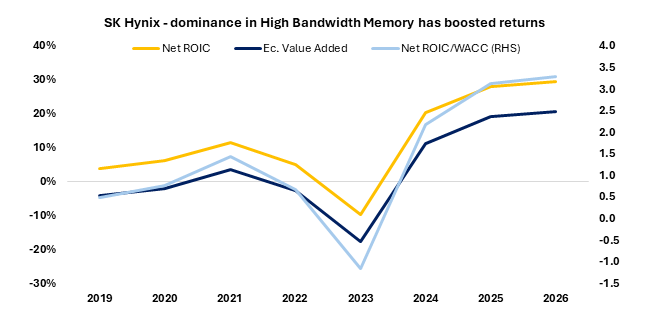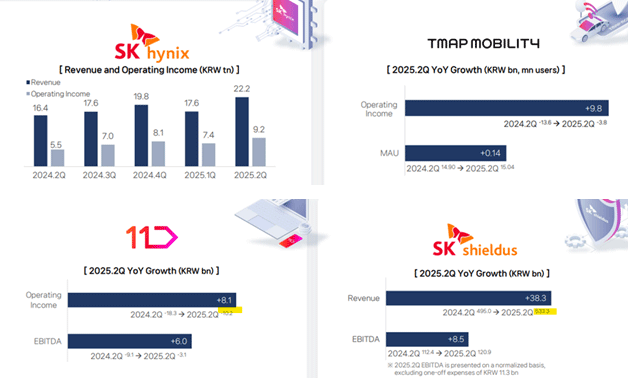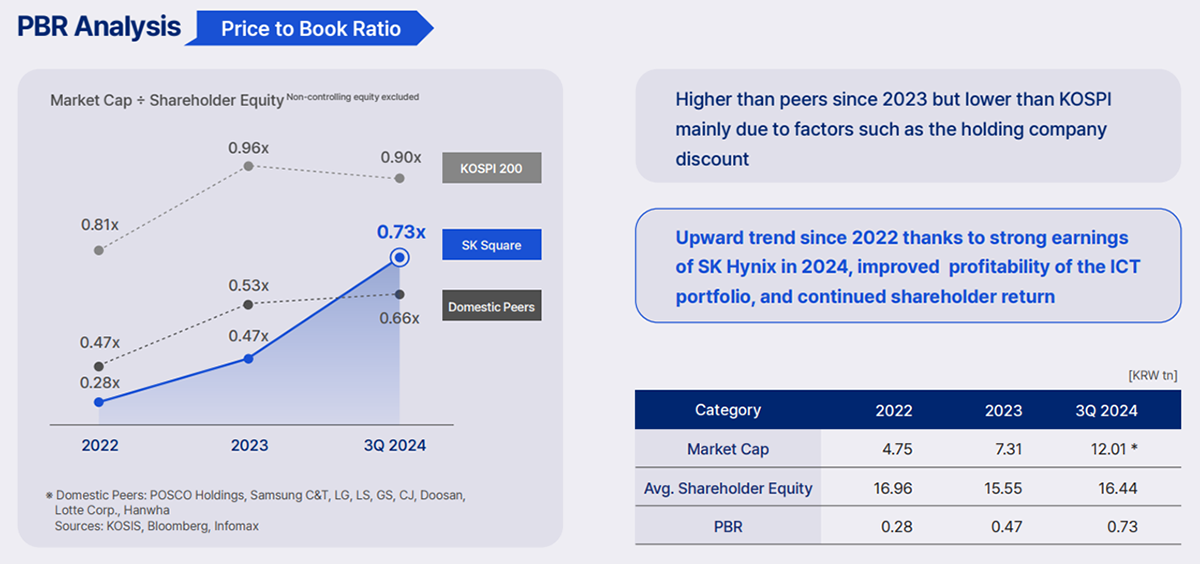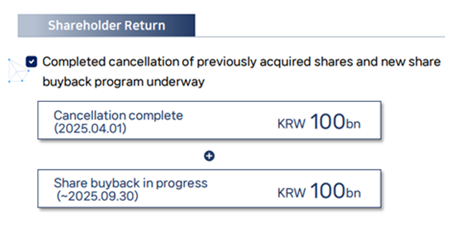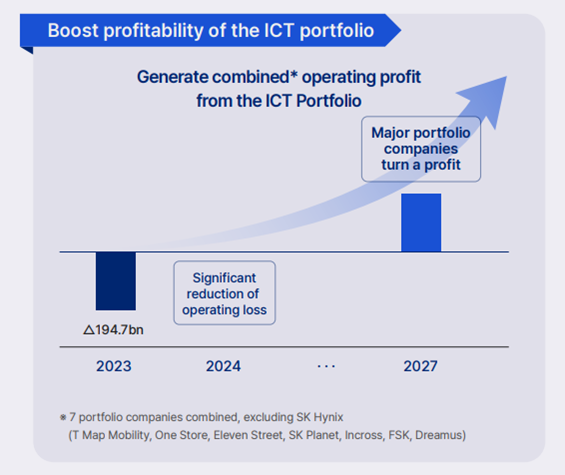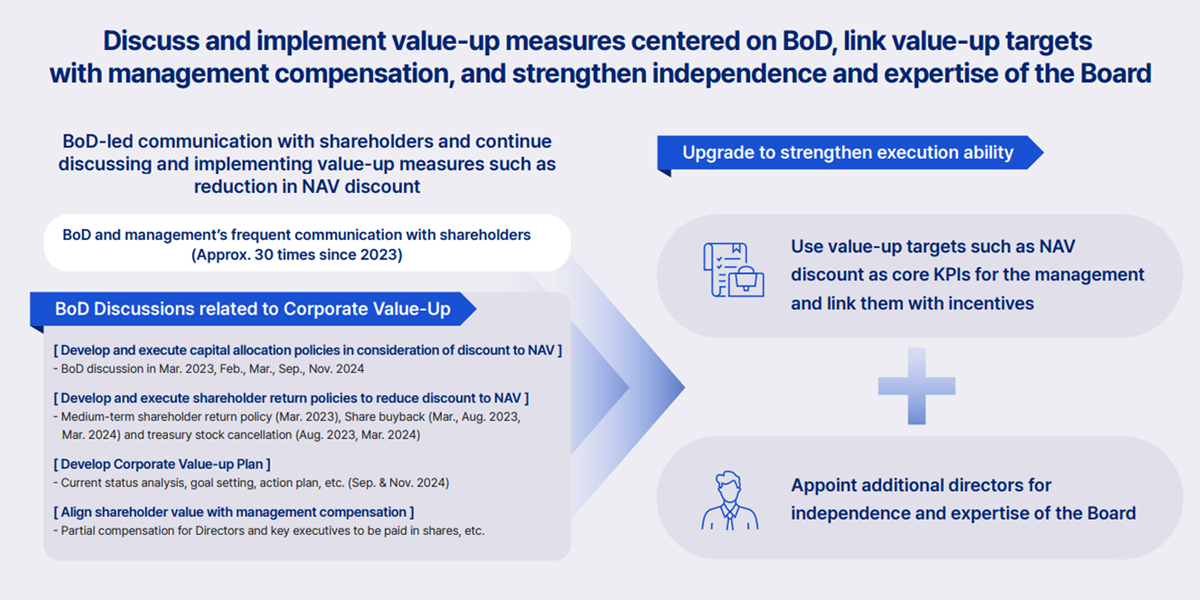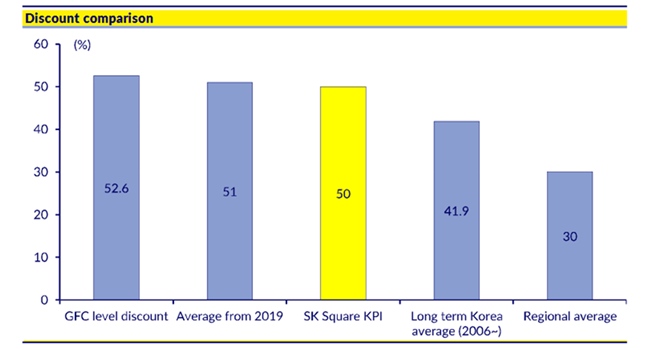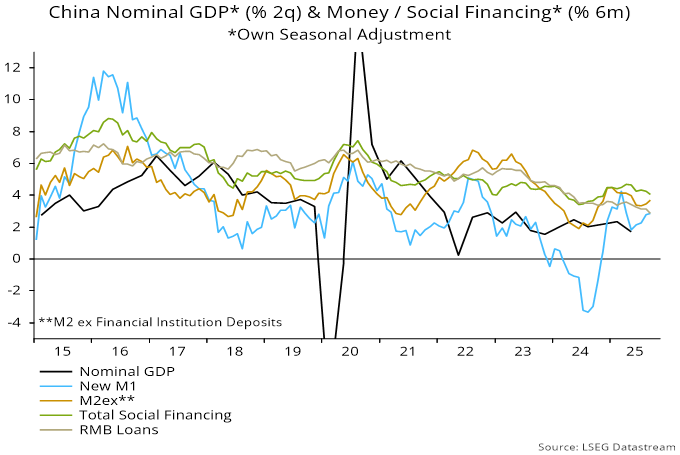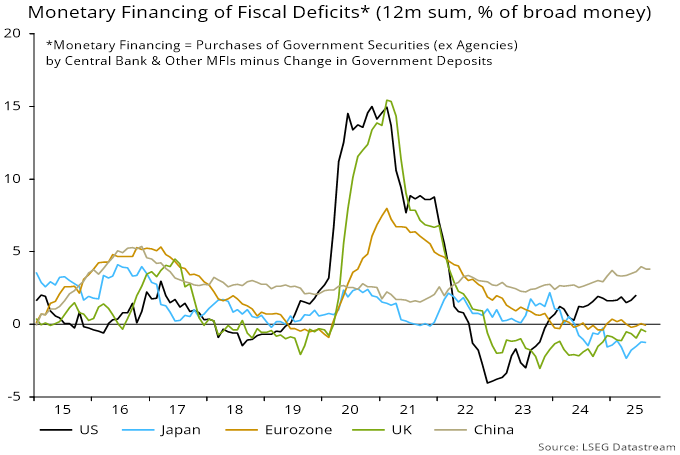
The Spanish economy has been the star performer in Europe recently, and consequently its principal stock exchange has also produced the best returns. In this week’s commentary, we look at the underlying reasons behind the performance of both the economy and stock market, as well as some of Global Alpha’s holdings in the country.
The Spanish economy grew over 3% in 2024, and another 2.7% of growth is forecast for 2025 which is significantly more than other advanced economies in Europe. The European Central Bank is forecasting 1.2% growth for the euro zone this year. Spain has seen its credit rating upgraded in recent weeks, in stark contrast to other large, developed economies such as the United States and France, which have recently seen their credit ratings downgraded.
A significant factor of this star performance is how the demographic situation in Spain is different from its peers. While the general movement in Europe has been toward more restrictive policies on immigration, Spain’s border has remained more open. The majority of the 600,000 average annual net inflow of immigrants are of working age which has resulted in record levels of employment (yet still the EU’s highest unemployment rate) and means Spain is not experiencing the labour shortage found elsewhere in Europe. A secondary effect is the increase in domestic consumer spending. Given that most immigrants are coming from Latin America, a shared language and culture have been key in the integration and, more importantly, acceptance into society. Most of the jobs being filled by migrants are in hospitality and construction, so there is more to be done to attract workers in high-end service sectors.
Spain has been, and continues to be, a prime beneficiary of the EU’s Recovery and Resilience Fund (RRF); only Italy has received more. The RRF provides loans and grants to EU member states for reforms and investments to make economies greener, more digital and ultimately more resilient. Spain received over €20 billion as recently as August for investment in renewable energy, rail and cybersecurity. The push into renewable energy because of the funds received from the RRF has reduced energy cost pressure and increased industrial competitiveness.
A final reason why the Spanish economy has performed so well has been the resiliency of tourism. Tourism accounts for approximately 12% of Spain’s GDP. Spain had a record number of visitors in 2024, an increase of 10% compared to 2023, and that record is expected to be beaten once again in 2025.
Combining the strength of the economy, investments and improved credit rating leads to the Spanish stock market outperforming. The outperformance is also helped by the composition of the IBEX 35, which has a large exposure to banks and financial institutions. The banks have outperformed on the back of the strong macroeconomic backdrop and improved asset quality post structural reforms. Spanish banks have low US tariff exposure, as do other domestic focused industries such as utilities and telecommunication companies.
Global Alpha counts three Spanish companies in its portfolios that give exposure to Spanish tourism, the resilient labour environment and domestic spending. Meliá Hotels International S.A. (MEL ES) owns and manages hotels and resorts. Meliá operates luxury, upscale and mid-scale hotels and resorts. Meliá operates hotels in Europe, Asia and the Americas. With fiscal spending increasing in Europe, consumer sentiment should improve, and leisure spending continues to show resilience. The demand in Spain means rates should remain strong and Meliá is well placed to benefit. Meliá has a much-improved balance sheet that trades at an attractive valuation.
Fluidra S.A. (FDR SM) is a global leader in the pool and wellness industry. They design and manufacture a range of products for residential and commercial swimming pools. The products include pumps, valves, heaters, filters, pool-cleaner robots, chemicals, and devices for pool IoT devices. Around 70% of Fluidra’s sales are to the residential end-market, and aftermarket accounts for the majority of Fluidra’s sales over the cycle, providing resilience while the industry waits for new-build activity to recover. Fluidra continues to trade at a discount to its US peers.
Merlin Properties Socimi S.A. (MRL SM) is the largest Spanish commercial REIT. It operates a 100% Iberian portfolio centred around offices, shopping centres, logistics, and most recently, data centres. Most of its assets are in the prime cities of Madrid, Barcelona, and Lisbon. The recent investment in data centres will start to contribute meaningfully to rental income by 2028 and represents the next leg of growth.
A headwind for Spain’s continued prosperity is that the minority government has been unable to pass much legislation. It has, however, avoided much of the turmoil seen in France. The challenge now is to capitalize on the domestic demand, robust tourism and EU recovery funds to continue to outperform its European peers.

